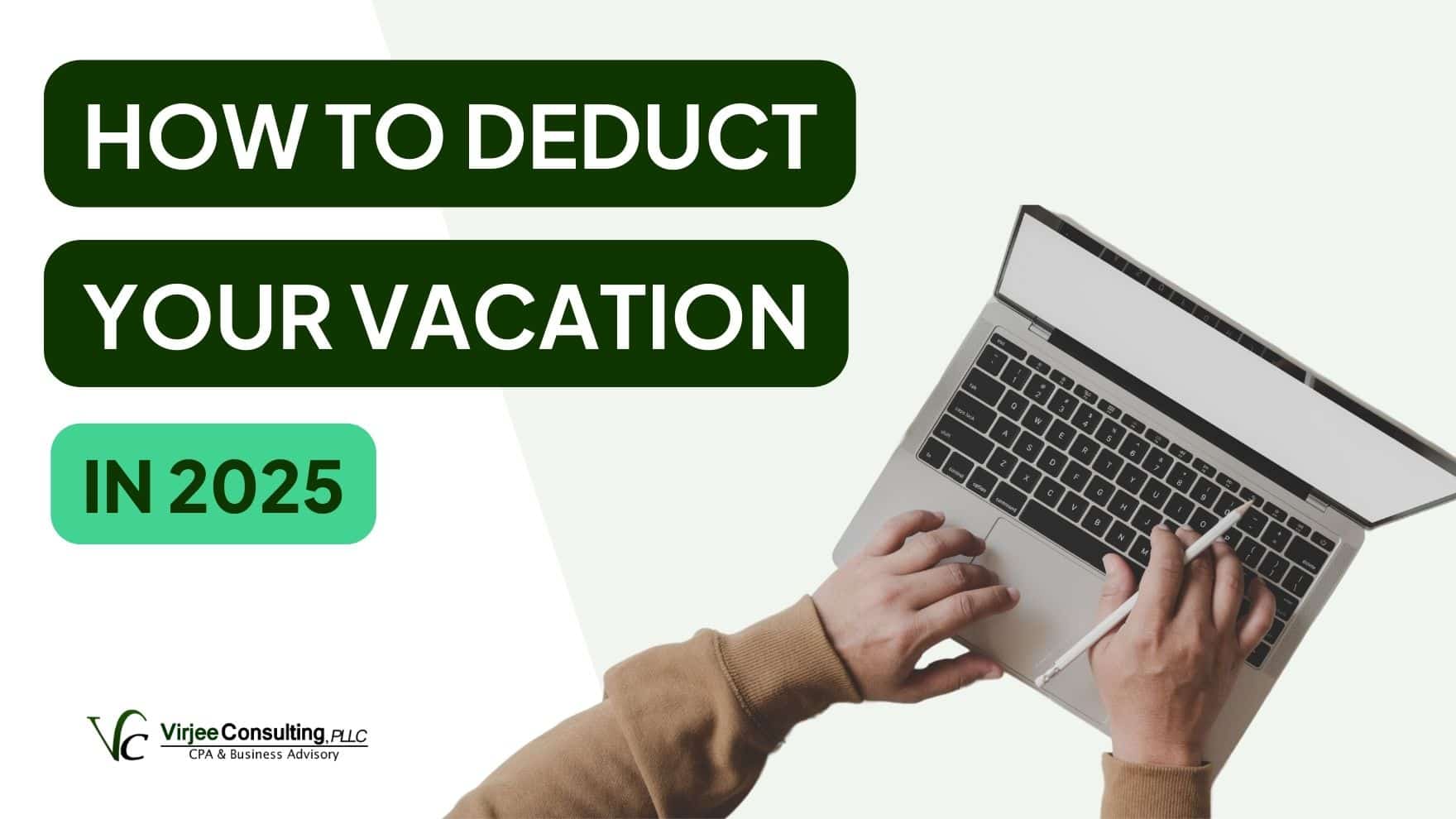If you’re a real estate investor, chances are you’re always looking for ways to grow your portfolio without handing over too much to taxes.
That’s where the 1031 tax exchange comes in. It’s a way to defer capital gains taxes when you swap one investment property for another.
Sounds pretty useful, right?
But here’s the catch: the IRS doesn’t make it easy. There are tight deadlines, specific rules, and risks that can throw a wrench in your plans if you’re not careful.
So, how does it actually work? And how can you use it to your advantage without getting caught up in the fine print? In this guide, we’ll break it all down in simple terms. Whether you’re new to this or just want a refresher, we’ve got you covered.
Let’s jump in.
What Is the 1031 Exchange?
The 1031 Tax Exchange works like a trade-in for real estate investors. Instead of selling a property and immediately paying taxes on the profit, you reinvest that money into a new property, deferring the taxes and keeping more funds in play for your next move.
It’s not about avoiding taxes—it’s about creating flexibility to grow your portfolio.
Named after Section 1031 of the Internal Revenue Code, this exchange acts as a bridge, allowing you to move from one investment property to another without losing significant gains to capital gains taxes.
It’s a smart way for investors to build wealth without losing momentum at every step.
Rules of a 1031 Exchange
Think of the 1031 Exchange as a structured property swap with some clear ground rules. First, the properties involved need to be investment or business properties. Therefore, you can’t trade your personal home for a rental property. It’s like exchanging pieces from the same puzzle, not mixing different sets.
Next comes the timing. After selling your property, you have 45 days to identify potential replacements and 180 days to finalize the purchase. Missing these deadlines isn’t just a small misstep—it means losing the chance to defer those taxes entirely, turning what could have been a strategic move into an unexpected financial setback.
Then there’s the value requirement. The property you’re buying needs to be of equal or greater value than the one you sold. If there’s any leftover cash after the exchange, known as “boot,” that portion becomes taxable. Finally, you’ll need a qualified intermediary, an independent party who handles the funds and ensures the process stays within the rules. It’s like having a trusted guide to navigate the exchange process smoothly.
1031 Exchange Rules for Vacation Homes and Residences
For many, the idea of using a 1031 Exchange to swap out a vacation home or residence for a more desirable property might seem like a no-brainer. Unfortunately, here’s the tough truth: vacation homes and primary residences don’t qualify for a straight 1031 Exchange. The IRS has clear rules—this tax-deferral tool is strictly for investment or business properties, not your personal retreats or everyday living spaces. But before you lose hope, there’s a silver lining.
The Loophole for Vacation Homes
While you can’t directly swap your vacation home under a 1031 Exchange, there’s a way to turn things around. The key is transforming your vacation home into an investment property. |
How?
By stopping personal use and renting it out at fair market value for at least six months to a year before initiating the exchange.
This change demonstrates to the IRS that the property is being used for business purposes, making it eligible for a 1031 Exchange. Think of it as giving your property a new job—it’s no longer your getaway spot; it’s now a working asset in your investment portfolio.
Swapping Residences: The Safe Harbor Rule
If you’re planning to use a 1031 Exchange to eventually live in the new property, the IRS has some strict rules. Under the 2008 safe harbor guidelines, you’ll need to rent the property to someone else for at least 14 days per year at fair market value during the first two years. At the same time, your personal use can’t exceed 14 days or 10% of the total days it’s rented.
But here’s the catch—even if you meet those requirements, you can’t immediately turn the property into your primary residence and claim the $500,000 capital gains exclusion. A 2004 law closed that loophole, meaning turning a 1031 property into your home now requires precise planning and following the rules to the letter.
Using the 1031 Exchange as a Tax Strategy
The 1031 Exchange is a powerful tax-deferral tool that can supercharge your investment strategy if used wisely. Start by planning long-term—use the exchange to trade up to higher-value properties, allowing your portfolio to grow without losing money to capital gains taxes. Next, diversify your holdings by swapping properties in different markets or sectors, like moving from residential rentals to commercial properties, to spread risk.
Finally, think ahead about estate planning; a properly executed 1031 Exchange can allow heirs to inherit properties on a stepped-up basis, potentially eliminating deferred taxes altogether. With careful timing and strategy, the 1031 can be a cornerstone of your financial game plan.
Talk to a 1031 Tax Exchange Expert Now
Understanding the ins and outs of a 1031 Exchange can feel overwhelming, and we wouldn’t expect you to master it right away. That’s why trying to handle it on your own might not be the best move—this process is full of complexities and strict requirements that can easily trip you up.
That’s where Virjee Consulting comes in. Our team of experienced CPAs and tax experts knows the tax code inside and out, ensuring your exchange is handled seamlessly and with precision.
Ready to take the next step? Reach out to us today, and let’s make your 1031 Exchange stress-free. We’re always here to help!
Until next time!



